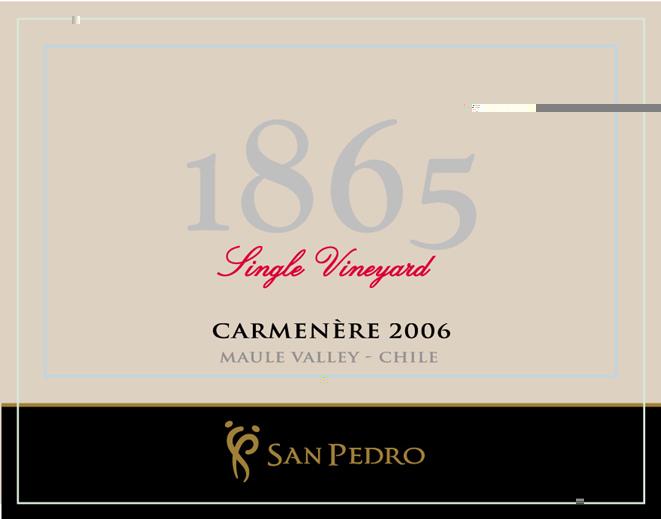2006 Maule Valley Carmenère
The 1865 Single Vineyard Carmenère from the Maule Valley is a striking red wine that beautifully captures the essence of its terroir. With a full-bodied character, this vintage exhibits a high level of acidity that brings a bright liveliness to the palate. The fruit intensity is prominent, showcasing rich notes of dark fruits, with blackcurrant and blackberry standing out. Tannins are firm yet refined, providing structure and depth while enhancing the overall experience. This wine is beautifully dry, making it incredibly food-friendly and an excellent choice for pairing with hearty dishes. The 2006 vintage exemplifies the elegance and complexity that Carmenère can achieve, reflecting the unique microclimate of its single vineyard origin.
The 1865 Single Vineyard Carmenère from the Maule Valley is a striking red wine that beautifully captures the essence of its terroir. With a full-bodied character, this vintage exhibits a high level of acidity that brings a bright liveliness to the palate. The fruit intensity is prominent, showcasing rich notes of dark fruits, with blackcurrant and blackberry standing out. Tannins are firm yet refined, providing structure and depth while enhancing the overall experience. This wine is beautifully dry, making it incredibly food-friendly and an excellent choice for pairing with hearty dishes. The 2006 vintage exemplifies the elegance and complexity that Carmenère can achieve, reflecting the unique microclimate of its single vineyard origin.




